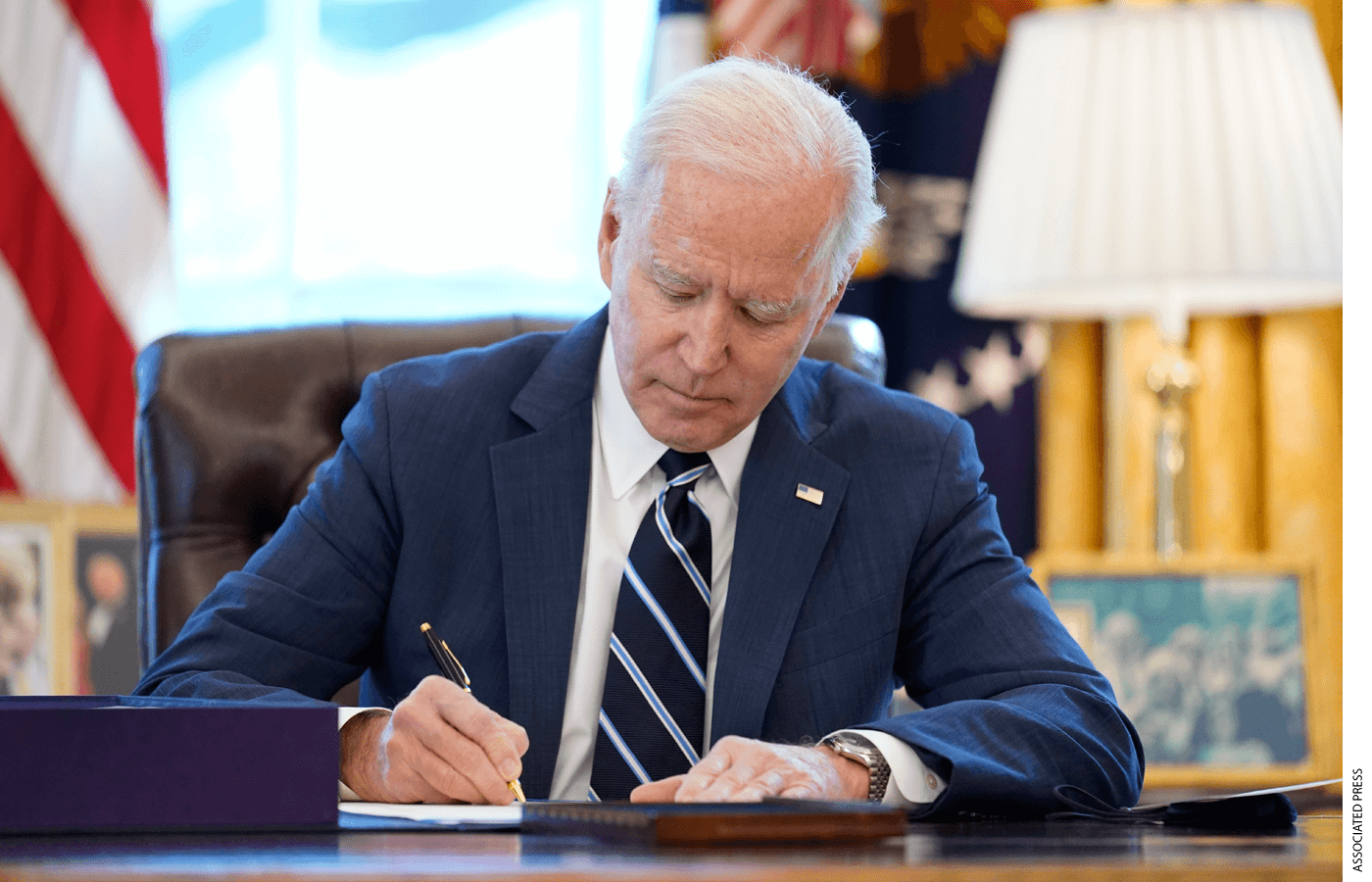
Are schools really spending more on administration than they used to? The short answer is yes.
A recent Education Next blog post, “Could Covid Finally Disrupt the Top-Down Education Bureaucracy?” by the founder of the Campaign for Common Good, Philip K. Howard, included this passage: “While teacher pay has stagnated over the past two decades, the percentage of school budgets going to administrators has skyrocketed. Half the states now have more noninstructional personnel than teachers. The Charleston County, South Carolina, school system had 30 administrators earning over $100,000 in 2013. Last year it had 133 administrators earning more than $100,000. Union officials and central bureaucrats owe their careers to the bureaucratic labyrinth they create and oversee.”
That paragraph touched a nerve and generated some pushback from skeptics. One, in private correspondence, claimed we were mischaracterizing or misunderstanding “custodians or teacher aides.” The reader pointed to a table from the U.S. Department of Education drawn from the department’s National Public Education Financial Survey, claiming it contradicted the claim that administrative spending had increased.
Such a financial survey, though, is a hazardous operation. The school district administrators that fill out financial surveys have every interest in obscuring spending on administration, mischaracterizing it as spending on instruction. It’s a little like asking your ne’er-do-well husband to report how much money he spends on beer. He’d rather report it as “supermarket expenses,” or “food and beverage expenses,” or some other broad category that blurs what it really is.
That particular Department of Education table, for what little it is worth, shows that the share of current expenditures for public schools spent on “instruction” decreased to 60.90 percent in 2015-2016 from 61.53 percent in 2000-2001, while the sum of the shares devoted to “school administration” and “general administration” also decreased slightly, to 7.59 percent in 2015-2016 from 7.66 percent in 2000-2001. But, as the note at the bottom says, that table “excludes spending for state education agencies.” Spending by state education agencies probably should count as administrative spending, because it rarely involves directly teaching students. Another line called “other support services”—which includes “business support services concerned with paying, transporting, exchanging, and maintaining goods and services for local education agencies; central support services, including planning, research, evaluation, information, staff, and data processing services; and other support services”—might also be defined as administration. That has grown modestly, to a 3.62 percent share in 2015-2016 from 3.28 in 2000-2001. Whether the people doing the planning and evaluating are properly defined as administrators or as planners and evaluators is something people may debate; for sure, though, they are not teachers. They are not even teacher aides or custodians.
A clearer picture is available from another Department of Education table. It lists “Staff employed in public elementary and secondary school systems, by type of assignment.” Here are some highlights, based on the most recent year for which data are available:
| School Year | School District Administrative Staff | Principals and Assistant Principals | Teachers |
| Fall 2000 | 97,270 | 141,792 | 2,941,461 |
| Fall 2017 | 170,158 | 189,155 | 3,169,750 |
| Increase (my calculation) | 74.9 percent | 33.4 percent | 7.7 percent |
Ah-ha. Those numbers are hard to argue with. The education department may characterize an additional assistant principal as “instructional” spending, and the assistant principal may even have some roles such as coaching teachers or disciplining students that affect instruction. But an administrator is an administrator, regardless of whether she is based in a school or in a district office, just like beer is beer regardless of whether it is bought at the supermarket or at the liquor store.
Anyone curious to pursue the matter further will discover even more data that support Howard’s original point. Additional information to corroborate the idea of skyrocketing administrative spending may be obtained from a different source: the U.S. Bureau of Labor Statistics. This is federal Department of Labor data collected in a national survey of all employers. The category of “education administrators, kindergarten through secondary” in May 2019 included 271,020 people earning a mean annual wage of $100,340. In 1999, there were 186,220 people in this category, earning a mean annual wage of $65,480. That is 45.5 percent growth in the number of administrators. For comparison’s sake, the category “elementary school teachers, except special education,” encompassed 1,430,480 people in 2019 earning a mean wage of $63,930. In 1999, this teacher category included 1,357,340 people, earning an average of $39,560. That is 5.4 percent growth in the number of teachers.
Public school elementary and secondary school enrollment over this rough period showed only modest growth, to about 50.7 million in fall 2017 from about 47.2 million in fall 2000. The number of public elementary and secondary schools grew to 98,469 in 2017-18 from 93,273 in 2000-2001. The math works out to nearly three $100,000-a-year administrators for every school.
For those who want to get really technical about it, the Bureau of Labor Statistics has developed an alternative methodology for these occupational surveys and has published its numbers based on that alternative model-based method, which it calls MB3. By that alternative count, the number of “education administrators, elementary and secondary school” grew to 264,240 in 2018 from 236,460 in 2015. That is 11.7 percent growth in three years. During the same time span, the number of “elementary school, except special education” teachers grew to 1,415,580 from 1,366,870, or 3.6 percent. The MB3 data are only available for 2015 through 2018.
One may quibble about methodological flaws involving data collection, sampling error and assumptions, response rates, or comparison over time in either the two Bureau of Labor Statistics estimates or the Department of Education’s “staff employed…by type of assignment” table. The Bureau of Labor in particular cautions that its Occupational Employment Statistics are “less useful for comparisons of two or more points in time,” and says “it is difficult to make conclusive comparisons of OES data over time. However, comparisons of occupations that are not affected by classification changes may be possible if the methodological assumptions hold.” All three series of numbers, though, are telling similar stories of administrative staffing growth far exceeding the pace of hiring classroom teachers. The numbers intuitively match what observers have experienced as an expansion of federal laws and regulations during the same period that have required administrators to comply with—No Child Left Behind, the Obama administration’s Race to the Top and waivers programs, and a redefined and more robustly enforced Title IX of the Education Amendments of 1972.
Moreover, none of these administrative staffing figures include the growing administrative burden on existing teaching staff. Special education teachers, for instance, spend more time each week on paperwork than they do on grading papers, communicating with parents, sharing expertise with colleagues, supervising paraprofessionals, and attending Individualized Education Plan meetings combined, according to a study conducted in 2006. A 2019 report from the South Carolina Department of Education showed that 70 percent of teachers in that state believed that the amount of paperwork they are required to complete prevented them from effectively facilitating student learning. These burdens are not reflected in budgets or employment figures but represent real costs in terms of staff time, diminished instructional capacity, and endemic burnout in the teaching profession.
The optimal number of administrators, or of federal and state regulations, is something about which reasonable people may differ. Reasonable people may also differ about the optimal ratio of administrators to teachers, and of both to students. Not all administrators are bad; surely there are cases in which hiring additional administrators at the school or district level have improved student outcomes. Without full-time administrators, compliance burdens fall more heavily on classroom teachers or risk going unmet. Some charter schools have strategically split the principal role into an operations leader and an instructional leader, a move that adds an administrator but may well be good for school quality.
One reason, though, that politicians got away with allowing the number of $100,000-a-year administrators to grow four or seven times as fast as the number of teachers is that even when someone smart like Philip K. Howard does blow the whistle on it, the first reaction of too many academics and mainstream journalists is to snipe at him and deny the reality of the situation, instead of investigating or following up the news he unearthed.
Ira Stoll is managing editor of Education Next.
Correction: An earlier version of the table above understated the growth in school district administrative staff.





